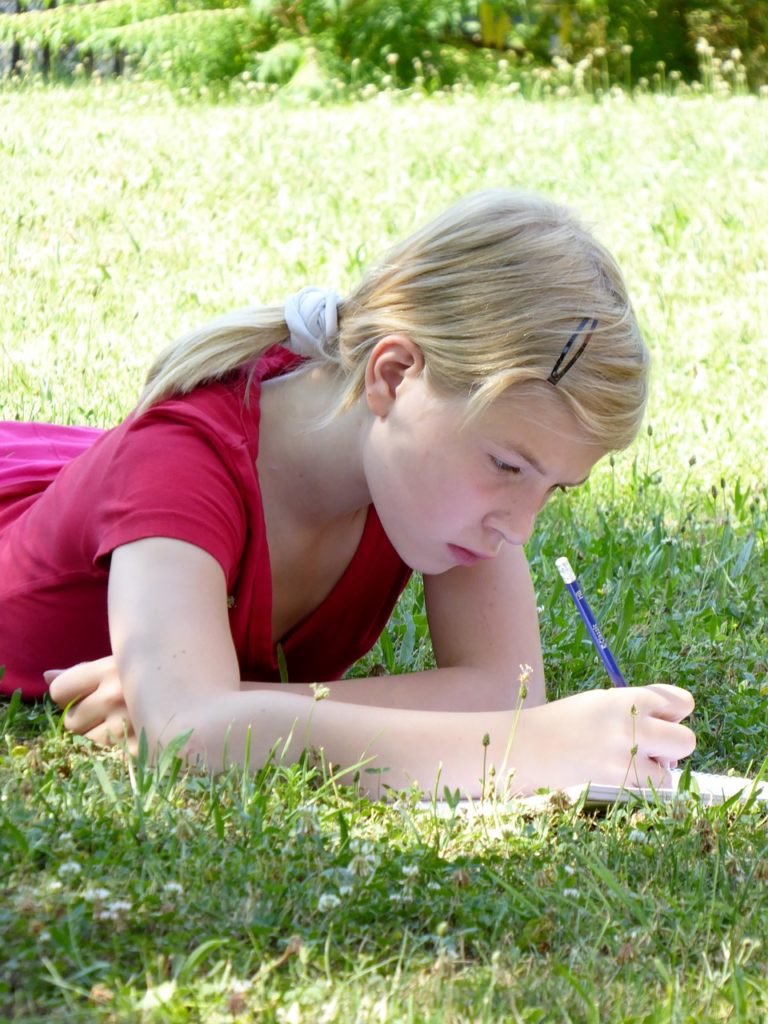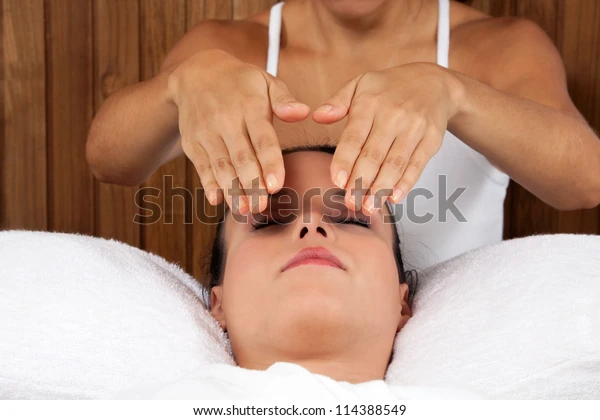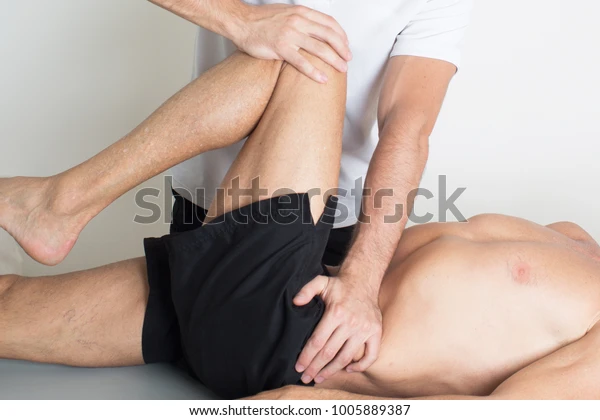Introduction:
Moxibustion is a form of heat therapy in which dried plant materials called “moxa” are burned on or very near the surface of the skin. The intention is to warm and invigorate the flow of Qi in the body and dispel certain pathogenic influences.
Moxa is usually made from the dried leafy material of Chinese mugwort (Artemisia argyi or A.vulgaris), but it can be made of other substances as well.
What exactly does the practitioner do?
In this method, the moxa material is compressed into a stick or pole, looking not unlike an oversized cigar that can be lit and allowed to smolder, producing a unique form of very penetrating heat.
The smoldering moxa stick is held over specific areas, often, though not always, corresponding to certain acupuncture points. The glowing end of the moxa stick is held about an inch or two above the surface of the skin until the area reddens and becomes suffused with warmth.
Moxibustion is used for:
- Pain due to injury or arthritis especially in “cold” patterns where the pain naturally feels better with the application of heat
- Digestive problems and irregular elimination
- Gynecological and obstetrical conditions, including breech presentation in late term pregnancy
- Protection against cold and flu strains
- Back pain
- Headaches and migraines
- Muscle stiffness
- Tendonitis
- Ulcers
- Fatigue
- Infertility
- Cancers
Practitioners often do both acupuncture and moxibustion in the same clinic session when appropriate to the diagnosis and treatment strategy. Practitioners believe that the therapies increase each other’s effectiveness when used together.
Potential Complications of Moxibustion:
It poses a few risks, one being the risk of getting burned in the process. For this reason, it’s best to stick with the indirect moxibustion approach, especially when doing it alone. Other possible side effects include:
- Toxic reactions to mugwort
- Nausea and vomiting
- Coughing from the smoke
- Dark skin patches
- Fetal distress if you’re pregnant
- Premature birth
- Basal cell carcinoma or a type of skin cancer
Conclusion:
On the mechanism of moxibustion effects, there have been many viewpoints, such as thermal stimulation effect, non-specific autologous protein therapeutics, non-specific stress responses, and aromatherapy. The generally accepted view is that the meridian system combines with moxibustion physical and chemical effects to produce comprehensive effects. When physical and chemical factors act on the acupoint receptors, the signal enters the central nervous system through the peripheral pathways and outgos after being integrated, adjusting the nerve-endocrine-immune network and circulatory system, so as to regulate the internal environment of the body, in order to achieve the effects of preventing and curing diseases









